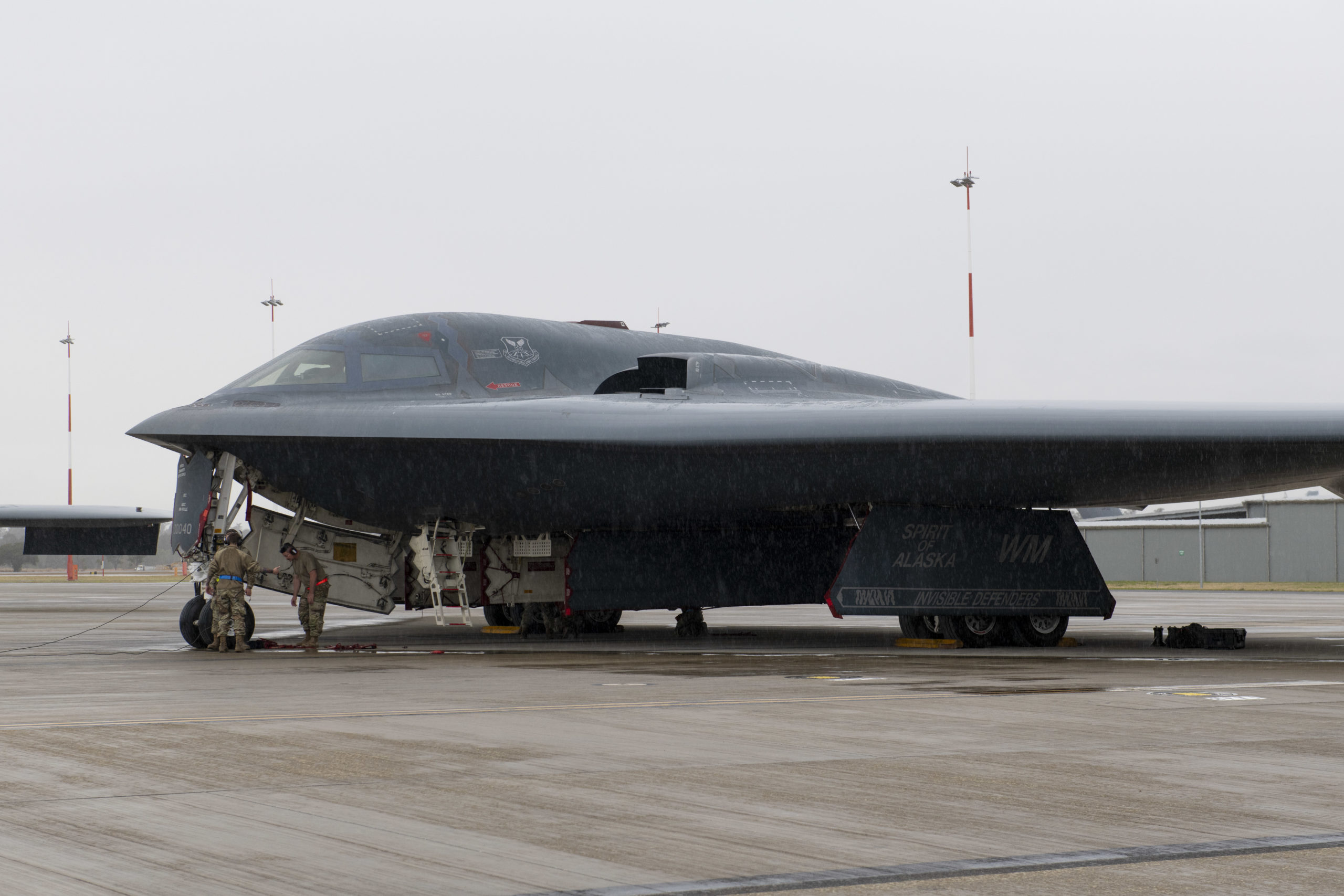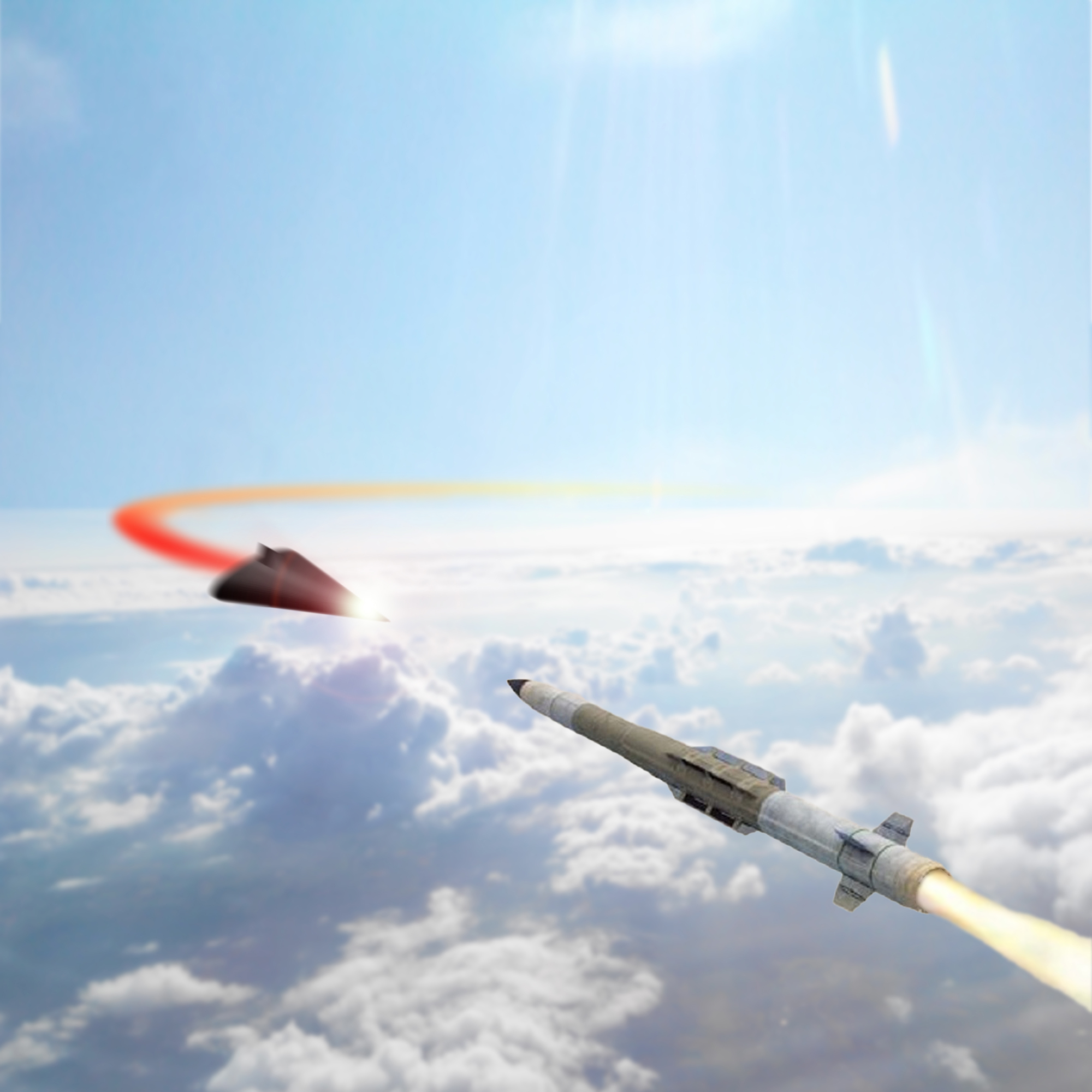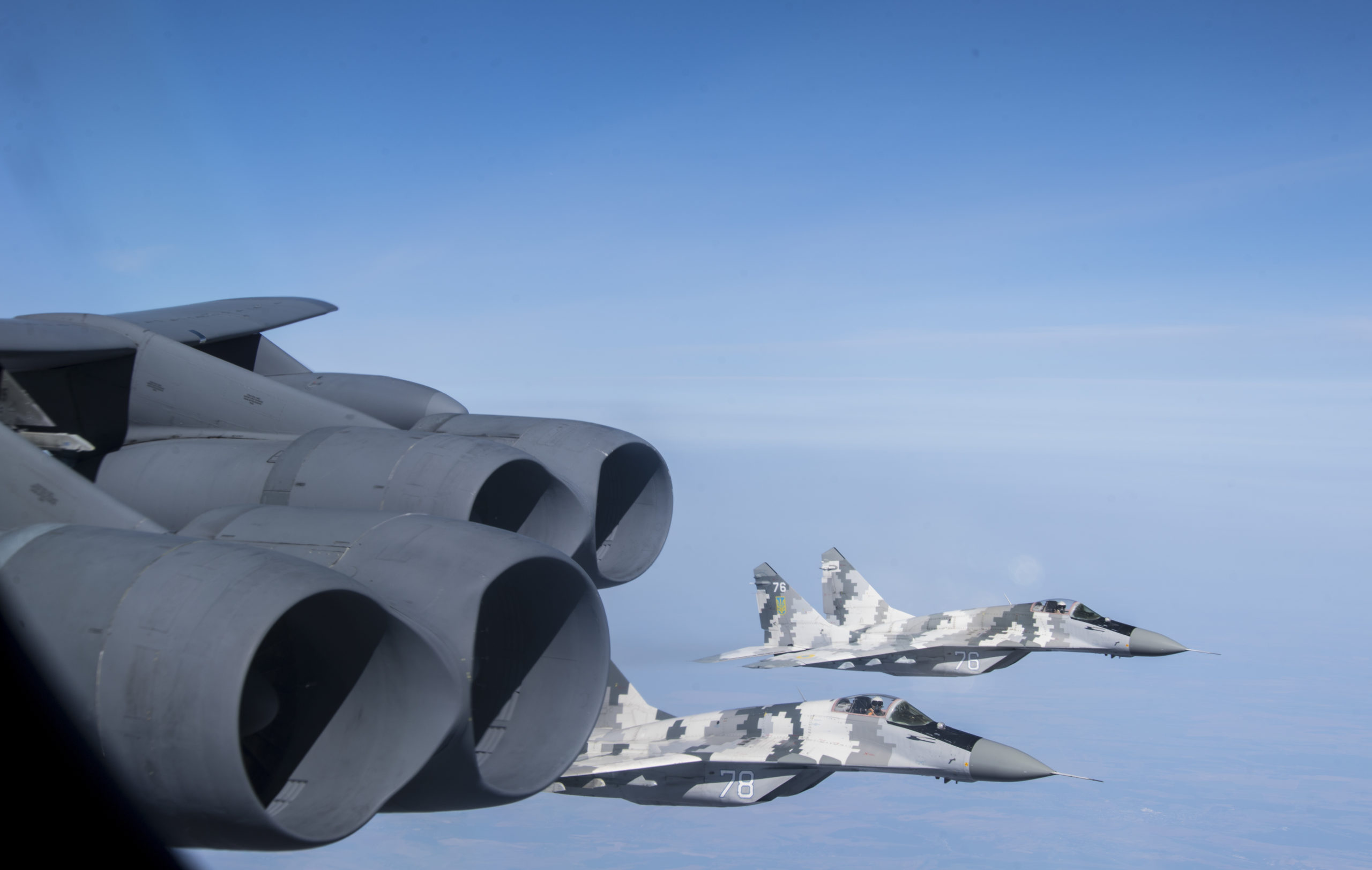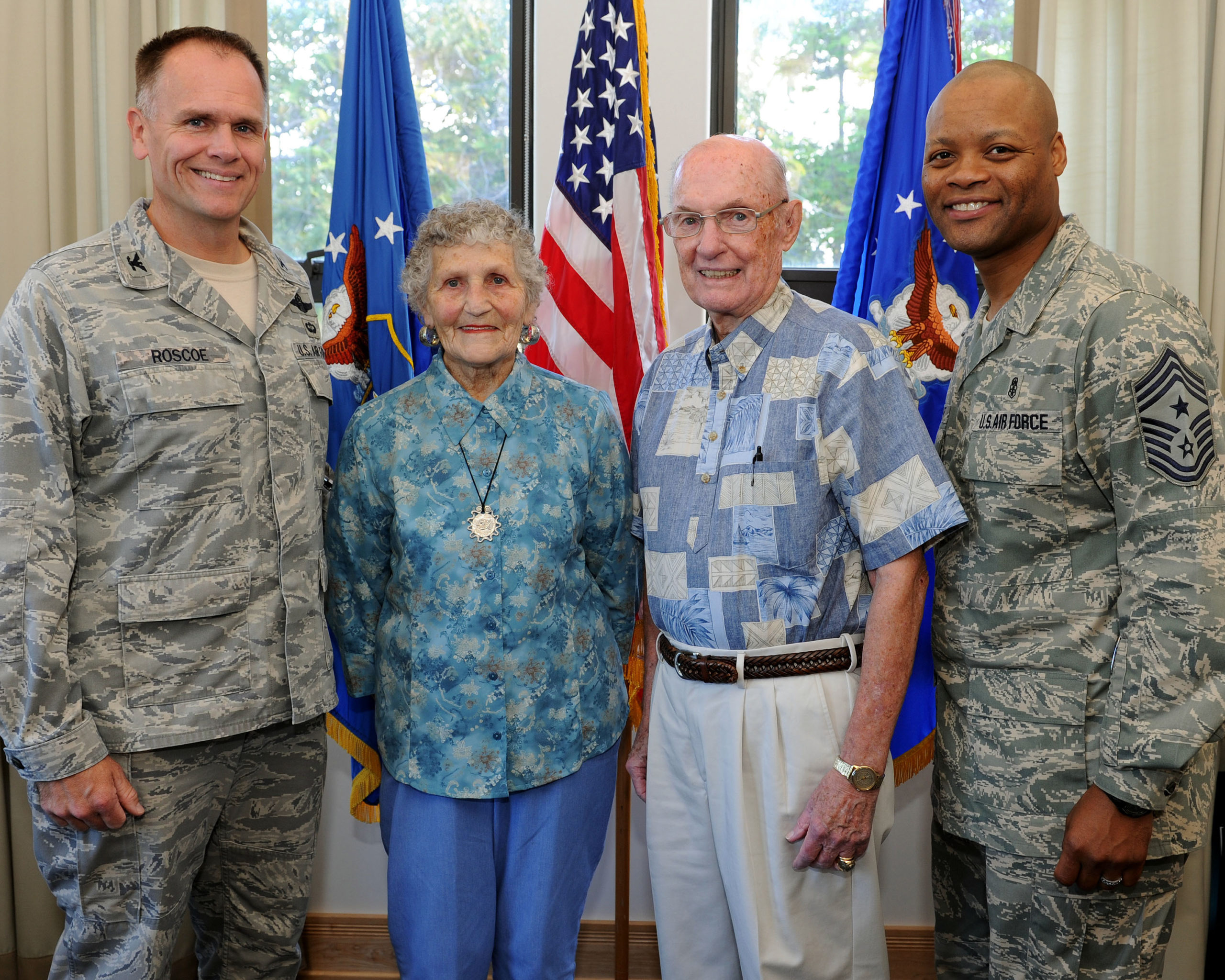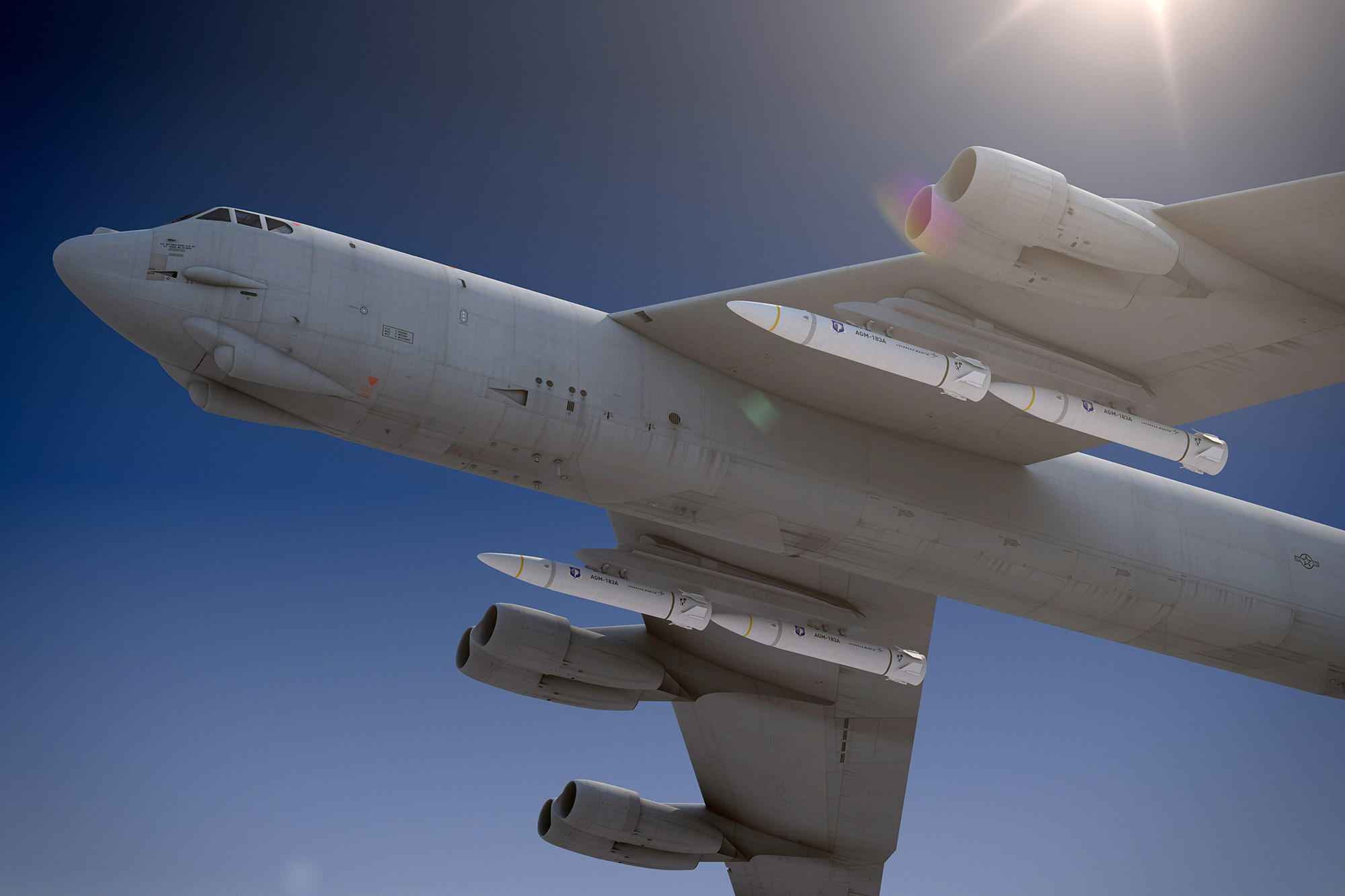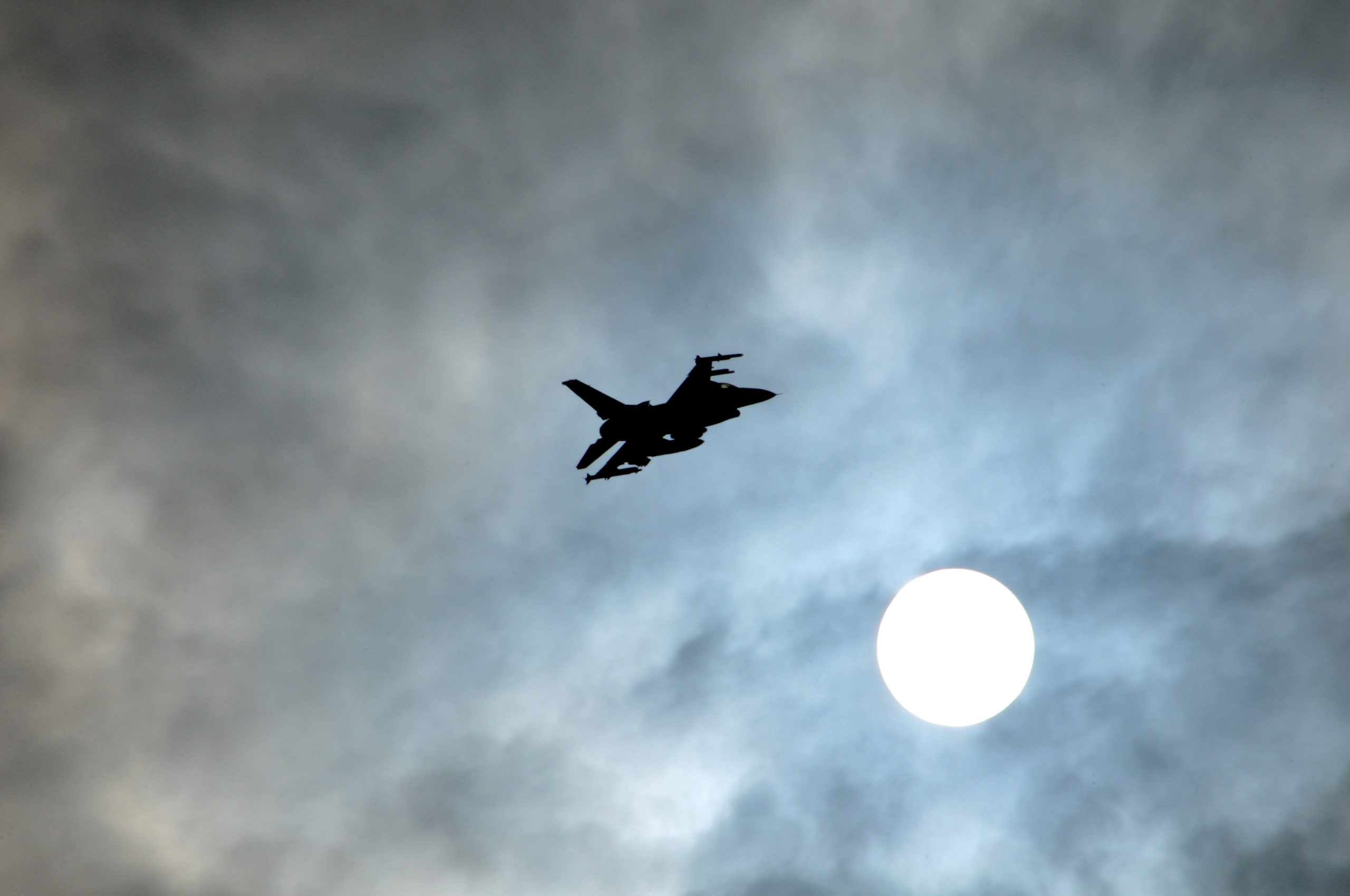Two more B-2 Spirits arrived in Australia on July 12 in support of a bomber task force mission as U.S. Airmen trained alongside personnel from the Royal Australian Air Force.
The new bombers join two others that arrived July 10 at RAAF Base Amberley. All four B-2s are from the 509th Bomb Wing at Whiteman Air Force Base, Mo. The bombers’ deployment will help support the Enhanced Cooperation Initiative under the Force Posture Agreement first signed more than a decade ago by the U.S. and Australia.
“Training and operating with our Australian partners has been an absolute blast,” Lt. Col. Andrew Kousgaard, commander of 393rd Expeditionary Bomb Squadron, said in a statement. “Since our advance team hit the ground over a week ago, U.S. Airmen have integrated with their Australian counterparts in every specialty: fuels, logistics, maintenance, aviators, you name it.”
Airmen from the 131st Bomb Wing, the Missouri Air National Guard’s associate unit of the 509th Bomb Wing, are also in Australia.
While the bombers and Airmen are in the Indo-Pacific, they plan to conduct training for “hot” refueling with Australian equipment as well as aerial refueling with RAAF KC-30s, Kousgaard said in a release.
“We simply cannot operate effectively by ourselves in this environment, and learning to effectively integrate with our partners is absolutely critical to success,” Kousgaard said. “We’re training against that ‘tyranny of distance,’ alongside our Australian partners on this deployment, and that experience is truly invaluable.”
A Whiteman B-2 became the first bomber of its kind to land at RAAF Base Amberley in March, but in the week since July 10, the stealth bombers have become a frequent sight in the skies near Brisbane.
B-2s previously flew over Australia in 2020 as part of training during a deployment to Naval Support Facility Diego Garcia. This past June, B-1B Lancers that deployed to Guam conducted hot pit refueling operations with the RAAF.
This also won’t be the first time an RAAF KC-30 has refueled USAF bombers. The tanker refueled an American B-52 during testing in 2017 and B-1Bs during an exercise in 2021.
